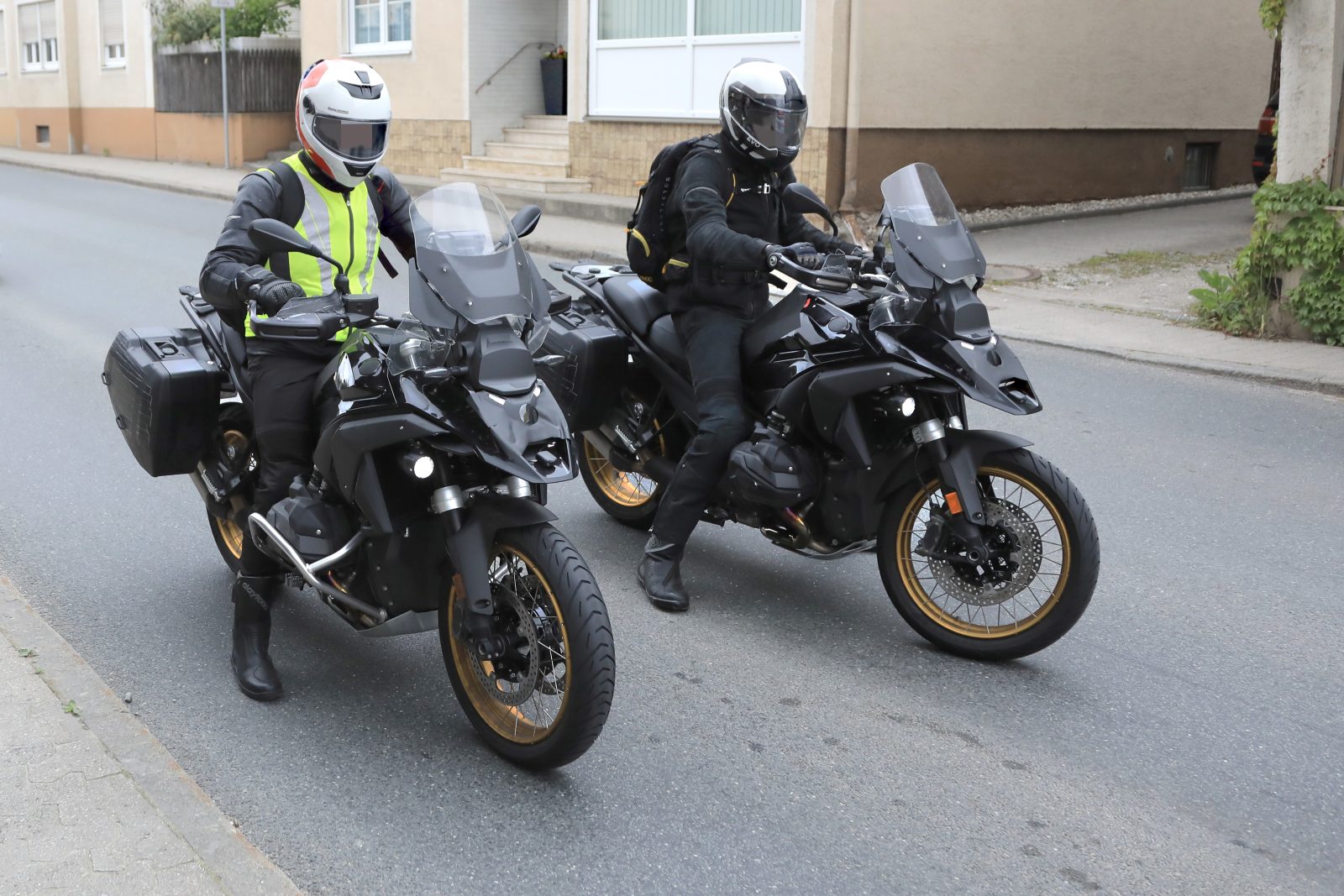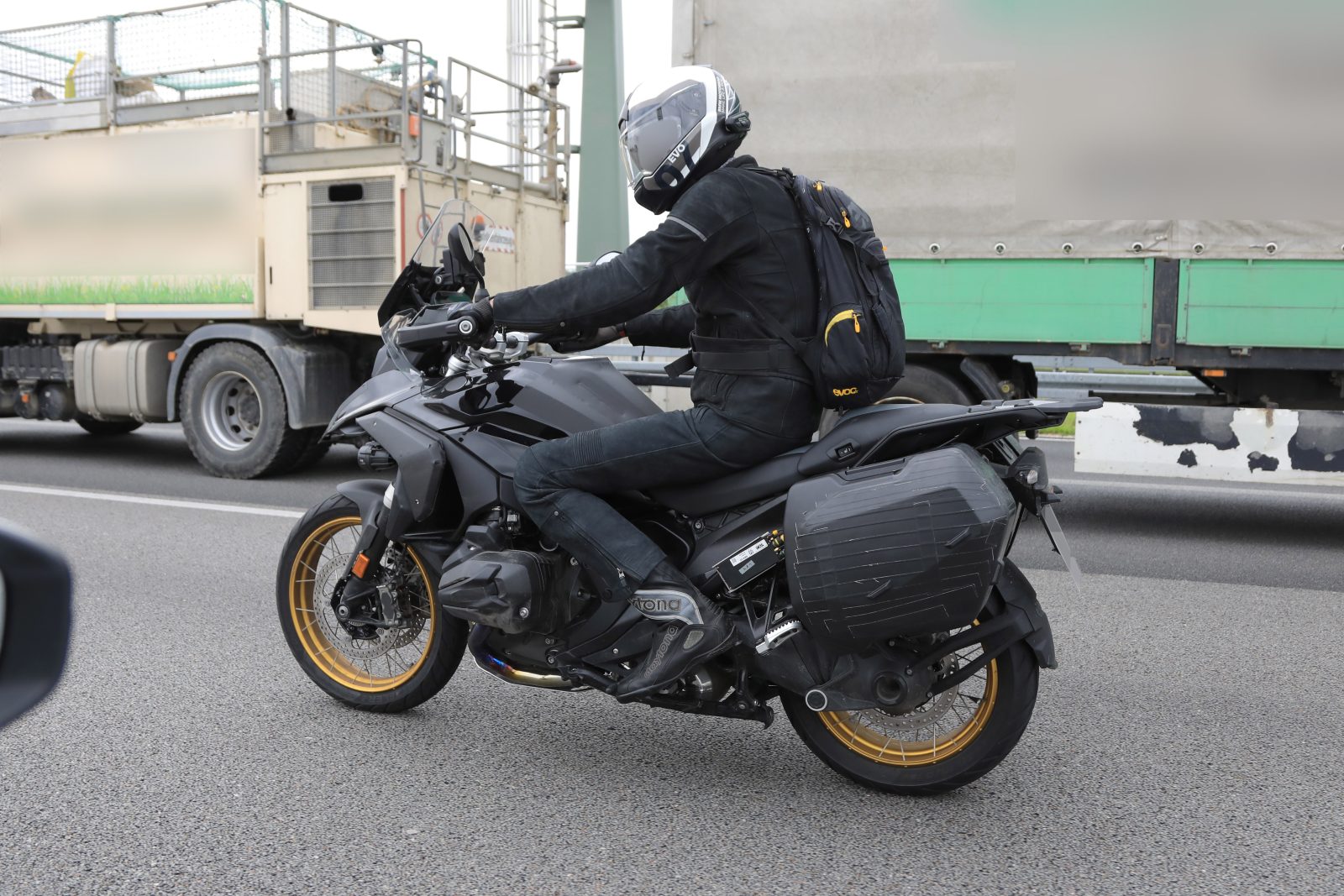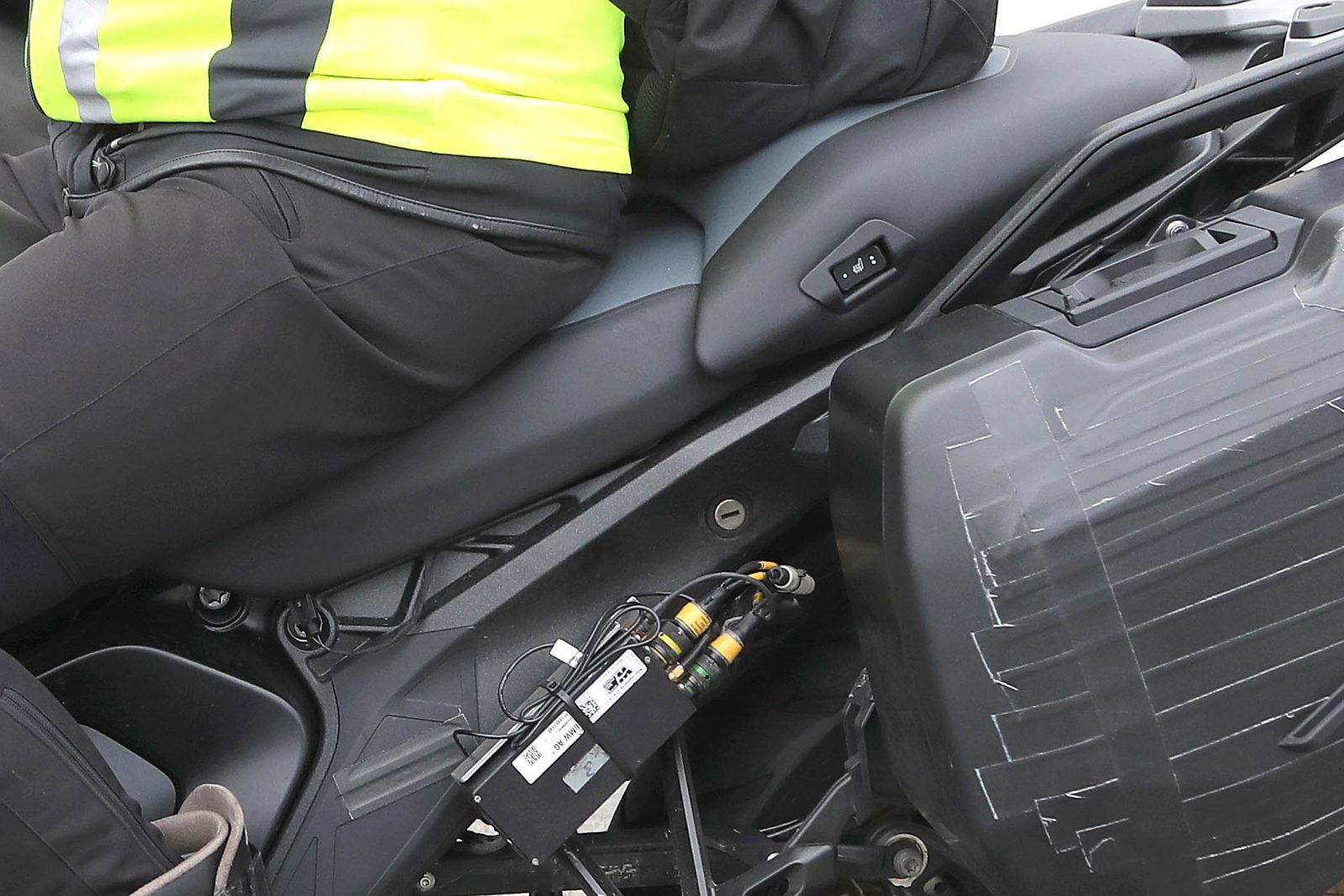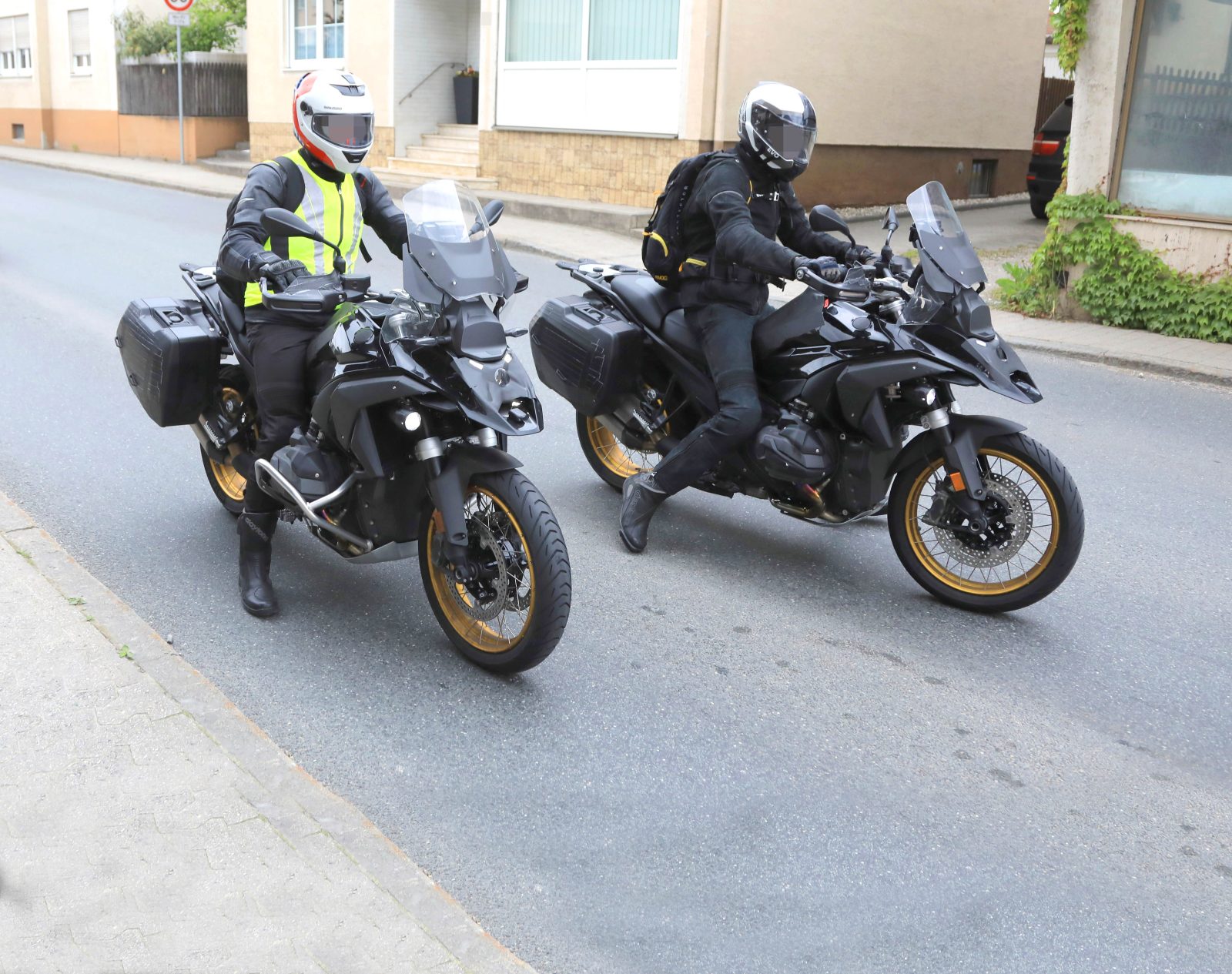Through the scrub on a 1300cc 250kg R 1300 GS behemoth? BMW seems to think so
These spy shots plus type-approval documents we’ve uncovered show BMW’s R 1300 GS is almost ready to be launched. Few models have as much significance for a company as BMW’s R-series GS boxer, so this is a huge moment for the German manufacturer.

Having started life as a niche oddball with the original R 80 G/S, it hit its stride with 2004’s R 1200 GS and has been a perennial chart-topper ever since. In the process, it has redefined BMW, making it one of the most important motorcycle makers on the planet.

This latest model is a giant step forward, using design and technology substantially different to its predecessors. The R 1300 GS is bigger in almost every dimension, packs a brand-new chassis and heavily reworked boxer engine, and even makes strides with its styling as the Lego-like shapes seen until now are switched for swooping curves.

BMW can take reassurance from the fact that GS customers have happily accepted some pretty big changes in the past, not least the adoption of liquid-cooling in 2013’s R 1250 GS, along with a hefty power increase, and later the move to ShiftCam variable valve timing in 2019.

The chassis
These images reveal that a major revision is to the chassis, which used to be a steel trellis design.
At first glance, the cradle below the engine might be assumed to be a cast aluminium component. However, BMW also has considerable expertise with pressed steel, and under the black paint, it’s impossible to be sure of the exact material. The latest F 850 GS has a pressed and welded steel frame that looks every inch like an aluminium design, and BMW said it chose steel because it’s superior to aluminium for off-road use, so there’s a good chance the new R 1300 GS has adopted a similar construction.
As on earlier R-GS models, the engine is a stressed central component of the chassis. BMW’s signature Telelever suspension is retained – something that was far from guaranteed, as it is increasingly adopting a conventional fork on other models. The rear Paralever setup with a single-sided, shaft-driven rear swingarm is still used. Electronic suspension adjustment is sure to be at least optional, if not standard.

The numbers
While these images tell most of the story, the type-approval documents reveal key data.
We now know the engine is genuinely a 1300cc twin, up from the previous 1254cc, and has a new type-number (A75B13A instead of A74B12M). Power rises from 100kW (136hp) to 107kW (145hp) as a result, still peaking at the same 7750rpm as before. Torque also rises, from 143Nm to 149Nm, and comes at 6500rpm instead of 6250rpm. Top speed is hiked from 219km/h to 225km/h.

Weight is just 1kg more than the R 1250 GS. The approval documents add 85kg for an average rider to the figure, but on the spec sheets we can expect the fully fuelled weight to come in at exactly 250kg.
The R 1300 GS is 5mm longer overall, at 2212mm, than the R 1250 GS, and a substantial 105mm broader at exactly 1000mm across. The wheelbase is also stretched 14mm to 1518mm. There’s no change to the wheel and tyre sizes, which remain 120/70-19 at the front and 170/60-17 at the rear.

The tech
Visually, the most eye-catching change is at the front. The headlight is still disguised here, but it now sits inside the channel cut into the top of the bike’s ‘beak’ front fender. Above it, where you’d expect to see the lamp, there’s a smooth, black panel that’s certain to hide a Bosch radar to allow the use of adaptive cruise control and automatic emergency braking.
There’s a second radar at the rear, tucked into a box above the licence plate, to monitor blind spots and upcoming traffic. Whether via a sign-reading camera or GPS data, the dash displays the current speed limit as well as your actual speed, and there are lights hidden in the side mirror glass to warn when there’s something in your blind spot.

The styling
From the side, the styling lacks the blocky look of older GS models. The tank blends into the side panels, while the seat subframe is a smoothly sculpted arc from the footpegs up to the tail rather than the industrial appearance of the current version’s rear end.
The stacked Akrapovic exhausts seen on this prototype will be an optional extra; the standard version will be a little bulkier. Wire wheels, seen here, are also likely to be optional; alternative cast-alloy five-spoke wheels have been spotted on earlier prototypes.

BEN PURVIS